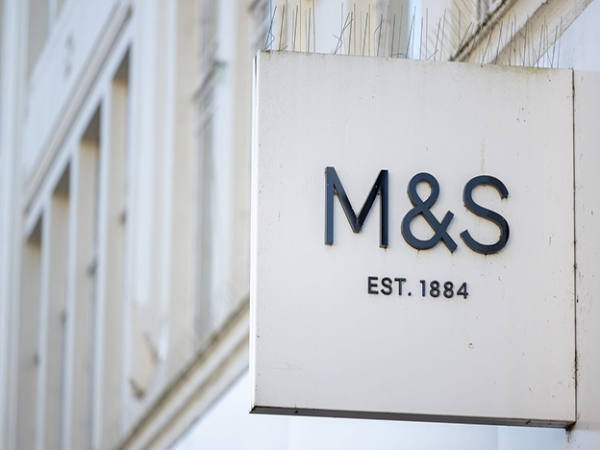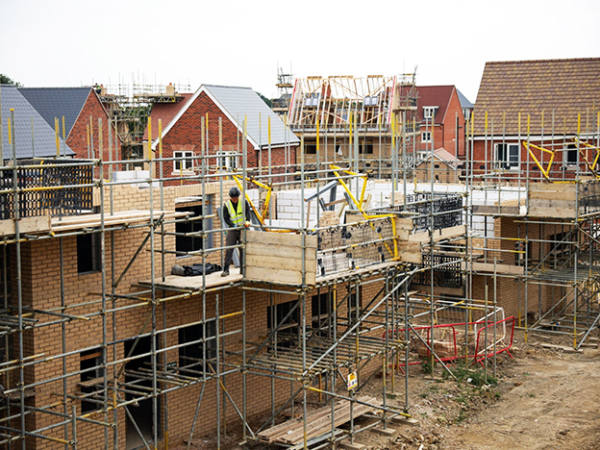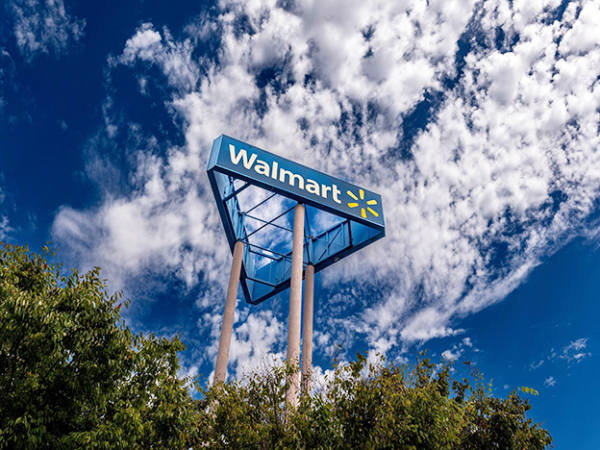- Blindly buying high dividend yields can be a very bad decision
- Outstanding companies do not always pay big dividends
- Hollywood Bowl has three main sources of stable revenue
The case for using shares to generate income is still a compelling one, despite the rise in rates paid on bonds and savings accounts. Unlike bonds or cash, the dividend income from shares can grow over time.
The risk with owning shares for income is that the dividend can be cut when a company’s profits fall.
This is why blindly buying shares because they have a high dividend yield can be a very bad decision. High yields are often a sign of a company facing difficulties with a dividend payment that is unsustainable or cannot grow.
A better approach is to invest in a company where the dividend is backed by the cash flows of a very good business that is capable of increasing its payout over time. Many outstanding companies do not pay chunky dividends. Instead, they are focused on reinvesting their profits to grow their future profits. It is also often the case that high-growth companies are richly valued by the stock market. Even if they do pay a dividend, the dividend per share as a percentage of the share price – the dividend yield – is very low and makes them poor income generators.
However, there are highly profitable, modestly growing companies that pay large and reliable dividends where the shares are good sources of income.
One such company is the UK’s leading tenpin bowling operator, Hollywood Bowl (BOWL).
Attractive business with decent growth potential
Hollywood Bowl is the UK’s largest operator of tenpin bowling centres. It currently has 65 centres across the UK, along with five Puttstars mini-golf centres.
In total, the UK bowling centres have more than 1,515 bowling lanes. The average size of each centre is around 30,000 square feet, with 24 bowling lanes. The company rents all its properties on long-term agreements.
Hollywood Bowl entered the Canadian market in May 2022 when it bought a company called Splitsville. This business currently has nine centres consisting of 254 bowling lanes in total.
The company has three main sources of revenue, which made up its £215.1mn total in the year to September 2023:
Sales are fairly stable across the year, with peaks coinciding with the timing of school holidays. Wet weather tends to help increase sales by shifting leisure spending towards indoor activities – as it did in 2023 – with hot weather doing the opposite.
Site location is crucial to the profitability of a bowling centre, and has arguably become more difficult in recent years as shopping and leisure habits have evolved. The key criteria for a new Hollywood Bowl site are:
You will tend to find many Hollywood Bowl sites in retail parks and shopping centres. New developments are also possible in certain high-street locations as previous retail space is vacated.
New openings and refurbishments to drive future growth
Hollywood Bowl has two main strategies to increase its profits and dividend growth going forward:
Investors should feel reassured that the company has always been sensible with its UK growth strategy. Unlike many retailers over the years that have opened up too many outlets too quickly and regretted it, Hollywood Bowl has taken a measured approach to expanding its business.
That said, it believes that it can grow its business from 79 sites currently across the UK and Canada to more than 130 over the next 12 years.
The Canadian business operates in a highly fragmented industry and it would not be a surprise to see Hollywood Bowl buy more independent bowling businesses in order to meet its growth target.
There is also a big opportunity to boost the profitability of the Canadian business by sharing best practices from the UK.
Hollywood Bowl continues to make profit improvements by refurbishing its UK bowling centres. This has been a key part of its strategy for some years now, with some centres now on their second or third refurbishment.
Regular refurbishment of assets is something that might concern investors. It can be a sign that the assets are not of very good quality and don’t last very long. Leisure is an asset-intensive business where regular replacement or refurbishment is a fact of life.
If money spent on refurbishments was just maintaining profits, it would perhaps be a little bit worrying. The good news for Hollywood Bowl shareholders is that they continue to drive uplifts in profits with very high returns on the money spent on them.
Refurbishments typically involve upgrading the bar and dining facilities, replacing carpets, adding new lighting, creating more space for amusements and introducing new VIP bowling lanes to enhance the customer experience.
A refurbishment typically costs between £200,000 and £500,000. The company targets an average return of 33 per cent on its refurbishments – defined as the extra profit earned as a percentage of the money spent – and has achieved more than 40 per cent on its last 13 refurbishments. A further 10 will take place in 2024.
The extra profit from refurbishment tends to come from higher spending per game per customer, as well as extra spending on activities such as amusements.
New equipment such as pins on strings has replaced traditional pin-setting machines. These have upset some bowling enthusiasts who feel that the “big crash sounds” from toppling the skittles has been taken away, but they do tend to be more reliable. From Hollywood Bowl’s point of view, they increase reliability, with fewer game stoppages, while costing a lot less to maintain and helping to boost profits.
Some caution is needed when interpreting the returns from refurbishments – 40 per cent is an impressive number but it is not the same as the returns made on an individual bowling centre in total. It is also the case that the impact of refurbishments does wear off eventually. That said, as we shall see shortly, they are helping to improve the return on capital employed of the business as a whole.
Customer service and value for money gives a competitive edge
Bowling tends to be an infrequent leisure activity, and has to compete with other activities such as cinema trips. Hollywood Bowl competes heavily on price by offering lower prices for bowling and food & drink than its main competitors.
Prices are set by individual bowling centres and not on a national basis.
The company also places a high emphasis on the speed and quality of customer service and remunerates its employees on how they measure up against targets.
While Hollywood Bowl tries to avoid competition locally, there are signs that the UK market is becoming more competitive, with new centres opening up in ex-retail locations and on the outskirts of towns and cities.
Ten Entertainment, the owner of the TenPin brand, provides the strongest competition, with 52 sites. Other notable competitors include Lane 7 (13 sites) and Regency Leisure (18 sites), as well as local companies.
Improving business performance
Despite having to close its doors during the Covid-19 pandemic, the company’s profits have recovered strongly. Its strategy is paying off, with more customers coming through its doors spending more money per game played.
This growth is being reflected in significant growth in profits and cash flows over the past decade.
Looking at its key financial performance ratios, such as operating margin, return on capital employed (ROCE) and free cash flow margin, all have improved since 2015 (the year before the company’s shares floated on the London market). They are currently at levels associated with high-quality companies.
Strong free cash flows support further dividend growth
Hollywood Bowl is not a high-growth company, but its strategy looks more than capable of delivering strong free cash flow and dividend growth over the next few years. This underpins the share’s attractions as a quality income stock.
The company’s surplus cash flows saw it pay special dividends before Covid and also in 2022 and 2023. If they meet current City analysts’ forecasts then there would certainly be scope for further special payouts in the coming years. A £10mn share buyback was also announced with the company’s final results in December.
The shares look cheap against private equity take-out valuations
Hollywood Bowl’s affordable leisure offer to customers gives it a very robust income stream. On the cost front, it is not heavily exposed to labour cost inflation, while its energy costs have been fixed until 2027 and are being helped by the continued roll-out of solar energy at its centres.
Unless there is another pandemic or a very deep consumer recession, the outlook seems very favourable for the company. Yet at 292p, the shares trade on a modest 13.3 times next year’s forecast earnings per share (EPS).
Its major rival, Ten Entertainment, was taken over in December by a private equity company. The 412.5p per share offer for the company valued it at 14.1 times 2023 forecast trading profits (Ebit).
Applying this multiple to Hollywood Bowl’s 2023 reported trading profits would give an equity value for the business of £628mn, or 366p per share. This would imply an upside of more than 25 per cent to the current share price.
Given its status as a market leader with strong returns from refurbishments and a growth opportunity in Canada, a strong case could be made for a premium valuation to the Ten Entertainment takeover offer. This could then push the valuation of the business comfortably over 400p.
Private equity firms clearly like the cash flows of tenpin bowling centres, and with good reason. Income-seeking investors could bank some tasty returns from Hollywood Bowl shares over the next few years.















